Family Resemblance
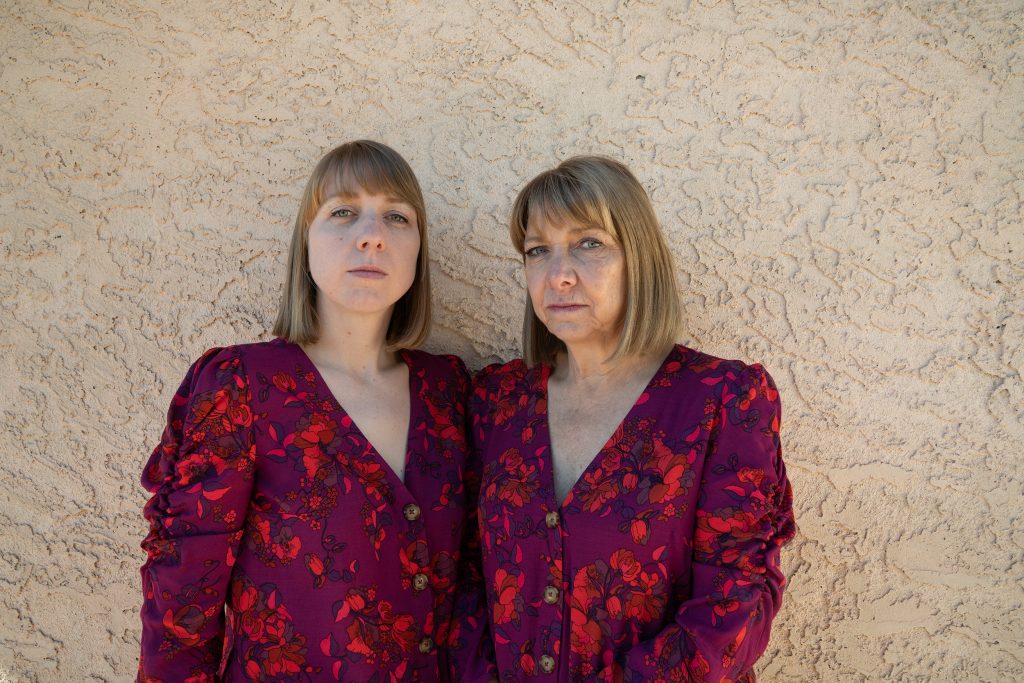
Family Resemblance
Sallie Scheufler
March 6 – March 27, 2020
First Friday: March 6, 6-8 pm
Closing Reception: March 27, 6-8 pm
In Family Resemblance, Sallie Scheufler presents text, videos and photographs of herself and the women in her family. Taking a critical look at her personal history, Scheufler uses time-based media to explore how relationships within her family affect her sense of self, performed and inherited. Staged portraits utilize tools found in the beauty industry to draw attention to physical features, alike and unlike. She dresses in drag to become her older sister. She and her mom get matching hairdos. Her little sister applies her make-up as she does to herself. Text throughout the exhibition recounts stories of superficial desires and the ways that the women in her family perform gender. Family Resemblance addresses beauty standards, wanting what we don’t have, and growing up in makeover culture.
Sallie Scheufler is an interdisciplinary artist currently living in Albuquerque, NM. Scheufler uses her personal history as artistic fodder, in context of feminist theory and familial relationships through performative video and sound installations, live participatory performance, photography, and sculptural installation. Scheufler has exhibited work in museums and galleries nationally including the Center for Contemporary Art, Northlight Gallery, 516 ARTS, and the University of New Mexico Art Museum. Scheufler has been awarded a Beaumont Newhall Fellowship and a Robert Heinecken scholarship, among others. She received her MFA in studio art from the University of New Mexico and her BFA from Arizona State University. When she is not in the studio, Scheufler works as part-time faculty in photography at the University of New Mexico and is the Assistant Director at Richard Levy Gallery.
Image Caption: Sallie Scheufler, Mom and Me, 2020, Inkjet print, 24 x 30 inches
A SOFT EYE, A MIRROR-EYE
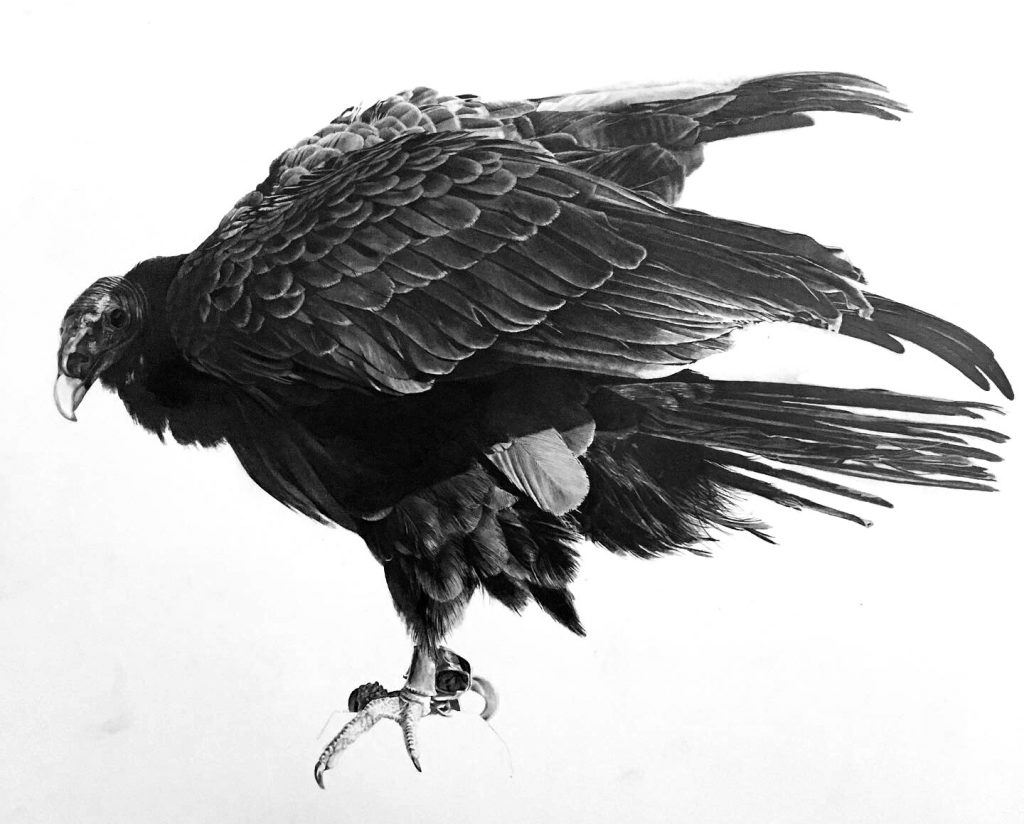
Fish in Persian Gardens
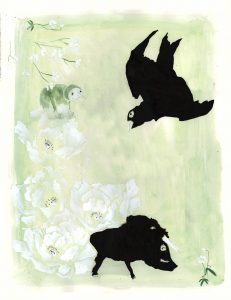
Fish in Persian Gardens
Extracts of Poetry and Literature as Revolt
Illustrations by Zahra Marwan
December 6, 2019 – December 25, 2019
OPENING RECEPTION: December 6, from 6 – 8 pm
With Performances at 7 by Cory McBride, Amir Raeisi, and Al Shammari.
Arabs have complacently considered themselves to be a people of poets, indeed, the people of poets. Poetry was the record of their lofty deeds, their claim to glory, their secret garden, their diwan.
Abdelfattah Kilito – Arabs and the Art of Storytelling
Sometimes when listening to a modern song from the Middle East, it turns out to be a 7th-century poem. There is a long tradition and pride in literature and poetry amongst the Arabs, Persians, Bedouins, Andalusians and cultural groups in between and through their expansions. Often attracting mass audiences from rural villages to sophisticated capital cities. Even in modern times, they continue to have an impact on popular culture. Where visuals come to life from language and text. It is a longstanding platform for people to openly critique or lament, to feel pride. There is also despotism and nationalism in the use of this tradition.
These illustrative works of poems are a reflection of the subversive ways in which people express their grief, nostalgia, love, and breaks in community s. Perhaps not explicitly for revolt, but irregularities and abstractions of it. The content of these illustrations stems directly from the language expressed. Whether they were exiled, killed, or appreciated for being headstrong, these pieces are also reflections of the fatigue associated with their fight.
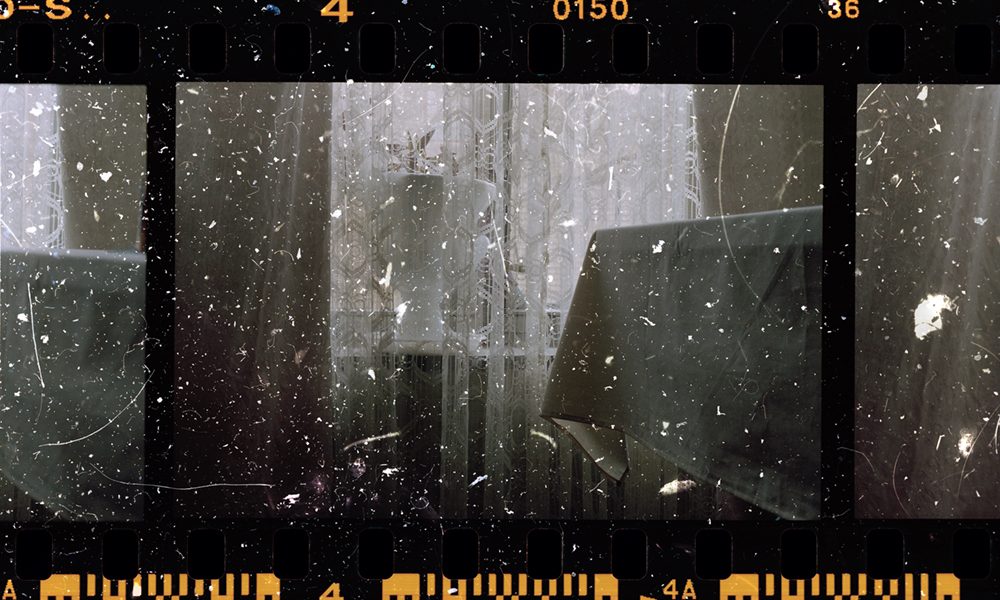
Subjectivity and Objectivity
Subjectivity and Objectivity
Fatemeh Baigmoradi
November 1 – 29, 2019
OPENING RECEPTION: November 1, from 6 – 8 pm
Aura is a quality integral to an artwork that cannot be communicated through mechanical reproduction – such as photography. The term was used by Walter Benjamin in his essay “The Work of Art in the Age of Mechanical Reproduction”. Photography, constantly, has been used to record the special and ordinary moments of
our life. Time has an aura. Each second is unique and non-repeatable. On the other hand, the way that our minds recall our past (memories) is like capturing them as a copy of the reality that doesn’t have the aura of reality.
I’ve been living with my parents in the very first house that I know for the first 18 years of my life. Then I moved to the other city but I’d used any chance to go back to see my parents and the house. Between 2008 and 2011, I had captured several photos of that space and my childhood trophies in that house. The house held a unique place in my
childhood, much as my mother and my father did. Objects and locations, which carry the weight of their histories, have aura for me. Now in the Age of digital photography and reproduction, I find my old negative and photos as an object, which contain history. They are objects from my past and the subject of these photos is so personal for me. Reality is not changeable but our memories can get unclear and defaced through the time. That’s how after years, two individuals may have the same memories from an event with different or even conflicted details. It seems our memories look like photographs that passage of time can affect them.
As a toddler, I was a devoted daydreamer. I took these photos around 10 years ago to attempt to revitalize my old cozy daydreaming atmosphere. After some specific stages in my life, my obsession with my past reduced somehow. Those moments are so far and untouchable as much as my favorite fiction books that I placed them under my bed in my parents’ house in Iran.
R U LOOKING?
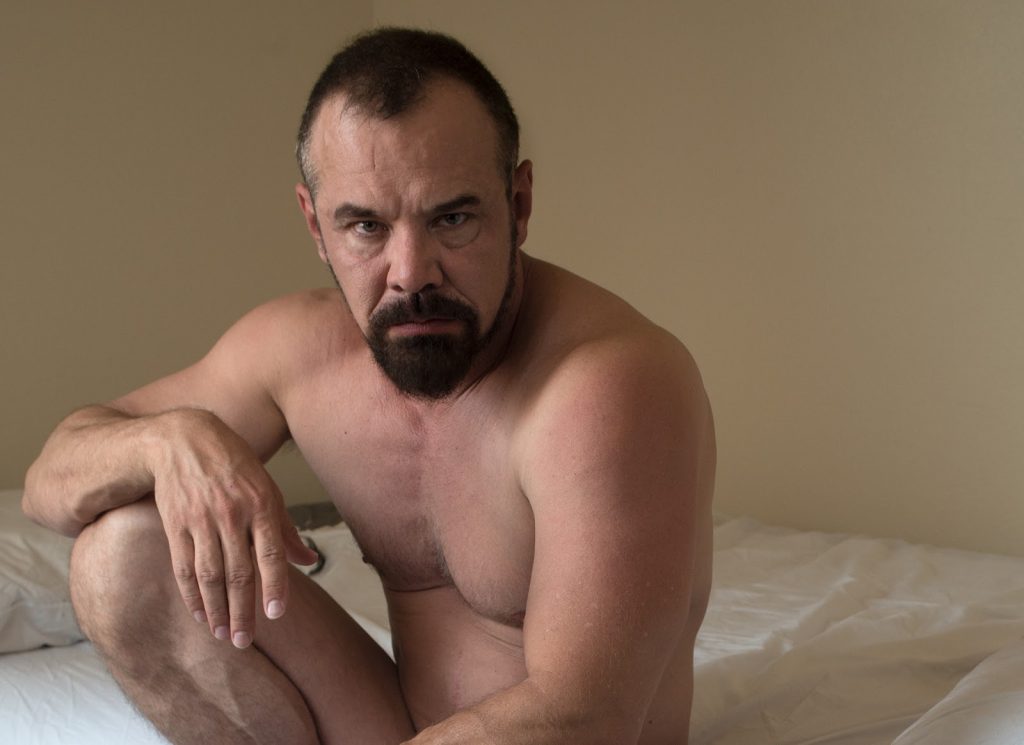
Apolo Gomez, Max Sargent from Men at Work, 2019
“R U LOOKING?”
Apolo Gomez & Max Woltman
October 4 – 25, 2019
OPENING RECEPTION: October 4, from 6 – 8 pm
Queer Draw & Dance (in conjunction with the Way OUT West Film Festival): Date to be announced
The photography of Apolo Gomez and Max Woltman explores sex, dislocation, and desire. Apps and websites may have changed the way gay men are approaching hooking up. Through documentation and portraiture, the exhibition “R U LOOKING?” Celebrates and questions these encounters.
Know your status! During the opening reception, free HIV testing will be provided by UNM Truman Health Services. UNM Truman Health Services uses the latest research and developments in medicine to enhance the lives of New Mexicans living with HIV. Their faculty and staff of health professionals are committed to pursuing the treatment goal of virus suppression and improved immune system with compassion, respect for human dignity and the right to privacy.
